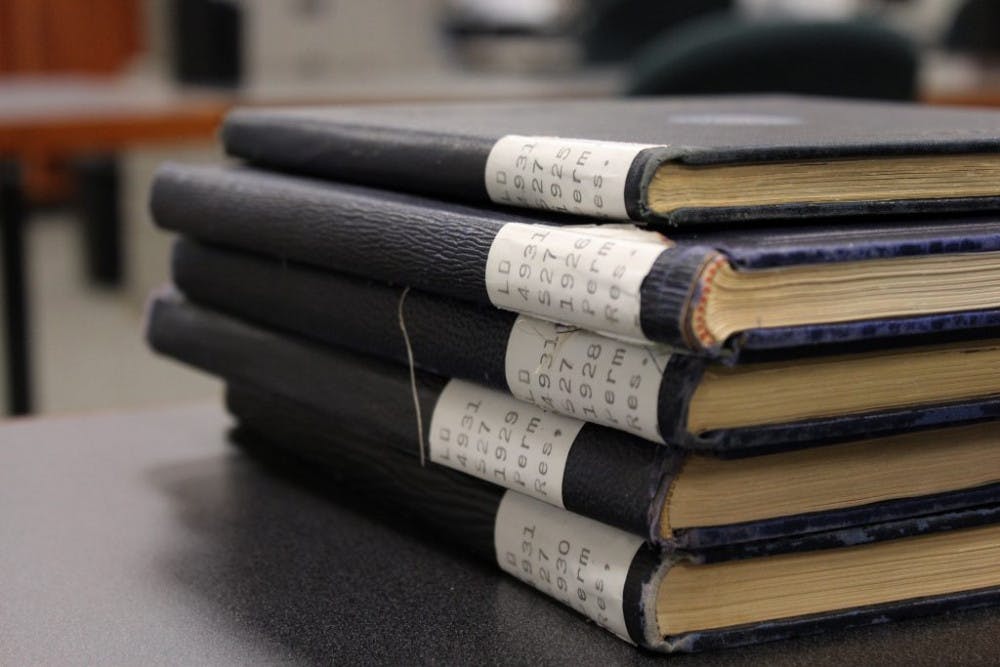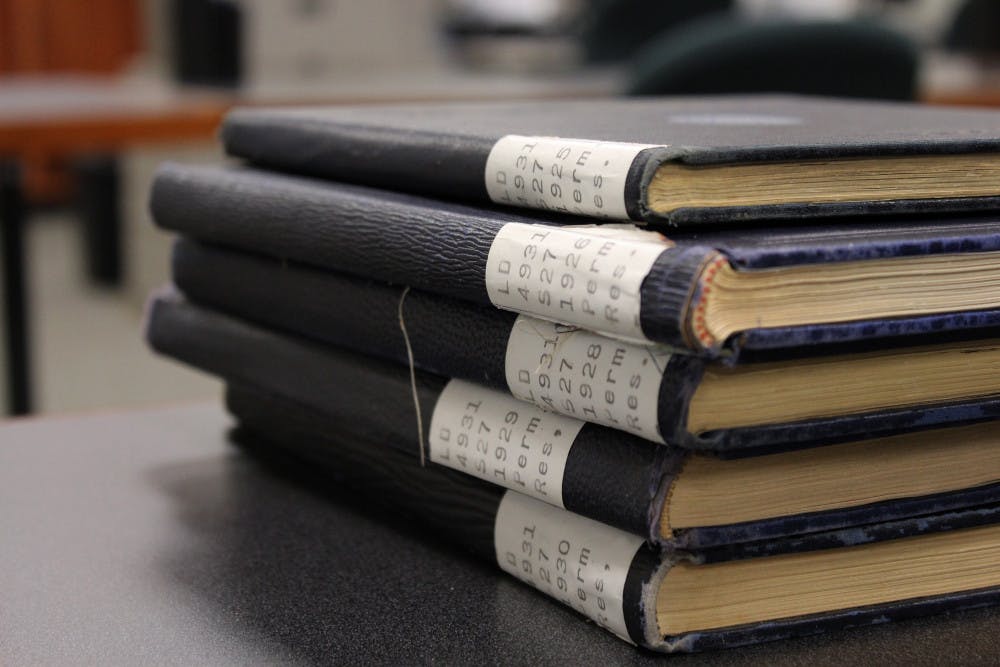After more than 10 years since it ceased production, Seton Hall’s yearbook, “The Galleon,” is being brought back to life.
Serenity Thom, a sophomore business marketing major and president of the developing organization, said the idea to bring back the yearbook came because she missed the aspect of having a yearbook.
“Looking back at my friends and what they wrote in my yearbook is something I love to do and I want to be able to do that with my college friends as well,” Thom said.
“The Galleon” has deep roots in the University as the first edition was released in 1924. The yearbook was initially titled “The White and Blue” and became a staple of campus life. Its committee worked closely with other student organizations to offer a documentation of what campus and the world was like at the time.
In 2006, “The Galleon” ceased production.

“The Galleon†documented campus life and world events each year until it ceased production in 2006.
Thom said the club hopes to start small this year with a catalog featuring different organizations on campus. Once the yearbook becomes a recognized organization by the Student Government Association (SGA), they want to use the allocated funds to produce a full yearbook with the possible addition of a digitized version.
University Archivist Alan Delozier said “The Galleon” took its name from the square-ridged sailing ships that first compromised the Spanish Armada in the 15th and 17th century. He said he believed the change came as a means of establishing a new tradition, and to honor Seton Hall’s mascot, the Pirate, which had been adopted 16 years earlier. Delozier said that yearbooks are “timely and timeless” and have an enduring value of “documenting current events when being produced and looking to the future as a source of research value and memory sharing potential are strong considerations.”
The similar concept of the yearbook as a timeless piece is echoed by the Rev. Thomas H. McLaughlin, who served as Seton Hall’s president from 1922 to ‘32. In the forward of the first release of the yearbook when he wrote, “In years to come this book will serve to revivify events and intensify the love which every Setonian bears to Alma Mater. It will be an incentive to live up to the religious and educational standards presented and exemplified in daily life during college years.”
The last edition of “The Galleon” focused on the 2002-2006 academic years to commemorate the sesquicentennial of Seton Hall. Delozier said he theorizes this may have stemmed from concerns of economics, staffing, logistics and other factors.
In a time of social media, yearbooks may be perceived as a waste. Thom noted that comments on social media get “lost within the masses” and that every student does not attend every event on campus and take pictures of the event.
“A yearbook is also like a collector’s item,” Thom said. “Social media will eventually move on and pictures or stories will be lost and forgotten.”
Nataly Areosa, a junior biochemistry major, said that while she would be hesitant to pay for a college yearbook, “it would be nice to look back at the yearbook and see how we’ve changed, old friends and what the fashion looked like during my undergrad years at Seton Hall.”
Bianca Stover can be reached at bianca.stover@student.shu.edu.





